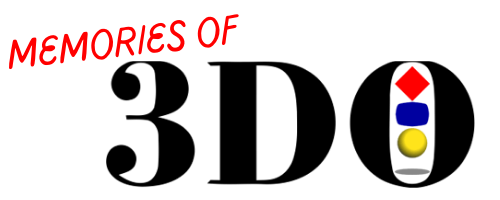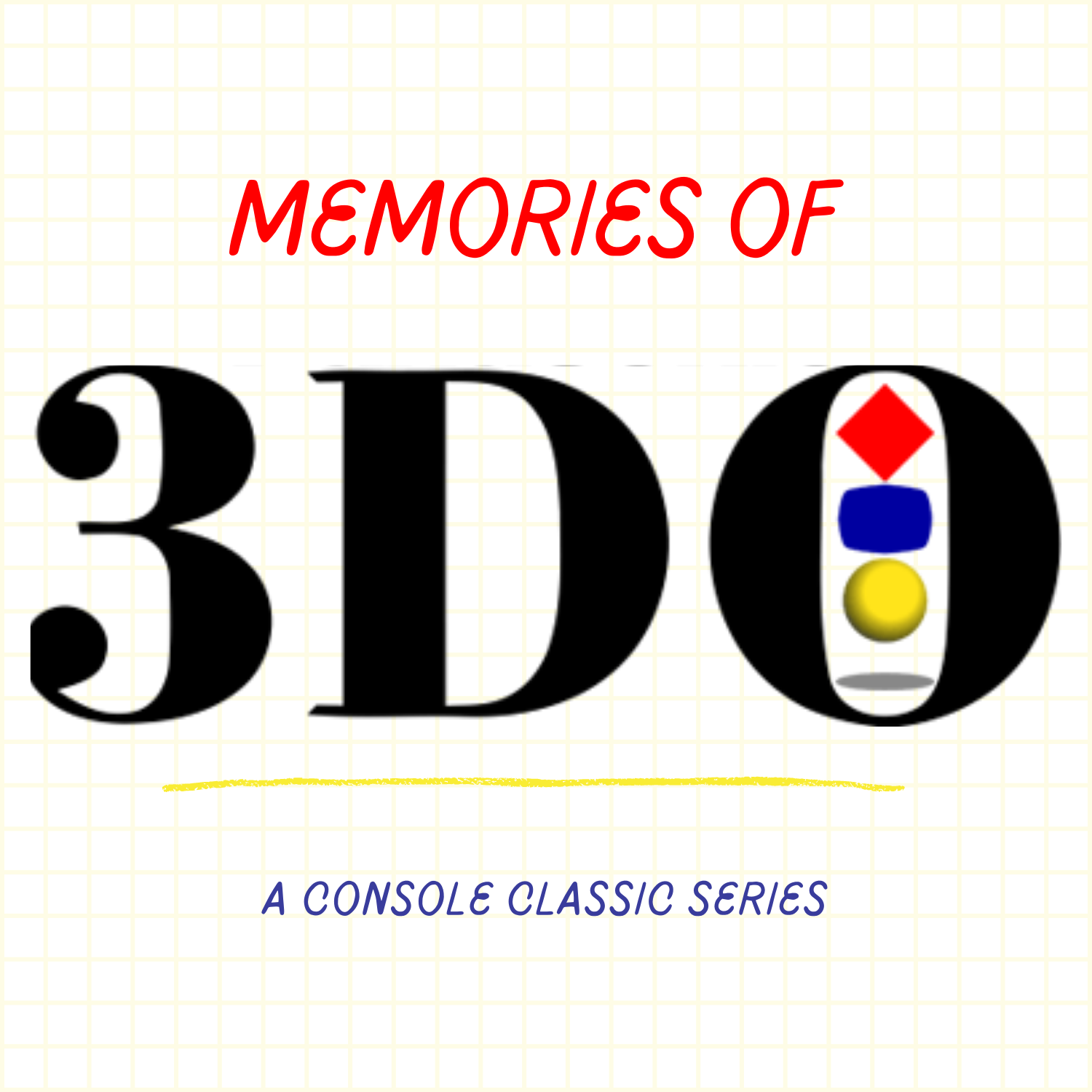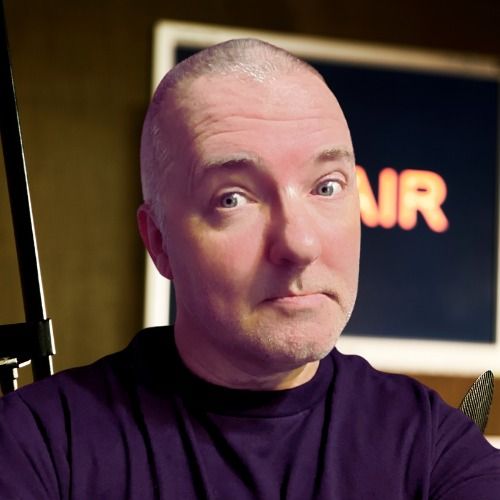The Genesis of the 3DO
In the early 90's, console gaming was at its 16 bit peak. Both SEGA's Genesis and the Super Nintendo owned the marketplace, while other systems like the Neo-Geo offered alternatives for the hardcore gamer.
But the industry was changing. While these consoles were hugely successful, they still ran on cartridges, and this limited what the consoles could do. CD-Rom was also making inroads, with systems like the CD-i from Philips and Sony showing what could be done with the disc format. I'll never forget playing the Palm Springs Open golf game and thinking, wow, this is the future.
Despite being co-developed with Sony, though, the CD-i never really took off, hampered by a slow processor and an expensive price tag.
With the next generation of consoles from SEGA and Nintendo still a way off, there was a gap for a new machine to go up against the Super Nintendo and Genesis, and lead the charge for the CD revolution. Enter the 3DO.
In the first episode of Memories of 3DO, learn about the gaming legends behind the system, and how a new challenger to SEGA and Nintendo's dominance came from the unlikeliest of sources.
Get involved:
My equipment:
- Electro-Voice RE320
- Motu M2 Audio Interface
- Denon DJ HP-1100 Over Ear Headphones
- Podcast Pro Boom Arm by Accu-Lite and O.C. White
Recommended resources:
This podcast uses the following third-party services for analysis:
Podtrac - https://analytics.podtrac.com/privacy-policy-gdrp
Transcript
You're listening to Memories of 3DO, a retrospective look at
Danny:a video games console classic.
Danny:To make sure you get the latest episode, hop on over to 3dopodcast.com/listen and
Danny:choose your preferred app to follow on.
Danny:And now this week's episode.
Danny:In the early 1990s console gaming was at its 16-bit peak.
Danny:Both Sega Genesis and the Super Nintendo owned the marketplace
Danny:while other systems like the NEO-GEO offered alternatives for the hardcore
Danny:gamer, but the industry was changing.
Danny:While these consoles were hugely successful,
Danny:they still ran on cartridges, and this limited what the consoles could do.
Danny:CD-ROM was also making inroads with systems like the CD-i from
Danny:Phillips and Sony showing what could be done with the disc format.
Danny:I'll never forget playing the Palm Spings Open golf game and
Danny:thinking, wow, this is the future.
Danny:Even though I was holding like a weird TV remote that had a little stick on the
Danny:middle of it, made it really hard to play,
Danny:it looked amazing, and this was what CD-ROM promised.
Danny:Despite being co-developed with Sony though, the CD-i never really took off.
Danny:Hampered by a slow processor and an expensive price tag.
Danny:With the next generation of consoles from Sega and Nintendo still a way off,
Danny:there was a gap for a new machine to go up against the Super Nintendo and Genesis
Danny:and lead the charge for the CD revolution.
Danny:Enter the 3DO.
Danny:Looking at the people behind the 3DO and the plans for it, gamers and game
Danny:developers alike were genuinely excited.
Danny:Designed by video game legends, Dave Needle and RJ Mical who developed
Danny:the Commodore Amiga and Atari Lynx, and with Electronic Arts founder and
Danny:visionary Trap Hawkins leading the way,
Danny:it was clear that the 3DO had some serious gaming brains behind the concept.
Danny:Not only that, but the business model with the 3DO was different too.
Danny:The hardware could be licensed by anyone, allowing for multiple
Danny:versions to be built and sold.
Danny:The system wasn't regional locked, meaning Japanese games could be played
Danny:on American and European systems.
Danny:This was a huge bonus for hardcore gamers who were used to SEGA and Nintendo keeping
Danny:their systems to their regions, Japanese games and Japanese systems, American
Danny:games, American systems, and so on.
Danny:And the royalties that game developers had to pay 3DO were far lower than
Danny:those that SEGA and Nintendo demanded.
Danny:Because of that, some of the biggest developers in the world signed up
Danny:to produce games for the system, with Electronic Arts in particular
Danny:ready to show sports fans what their favorite games look like on
Danny:the next generation 32-bit system.
Danny:So everything was set for the 3DO to enter the mix and make the
Danny:16-bit consoles look like kids toys.
Danny:But could this new upstart really challenge the established
Danny:might of SEGA and Nintendo?
Danny:Things were about to get interesting....
Danny:In the next episode, the challenge of bringing a new console to market reveals
Danny:a stark truth and a pricing dilemma that could make or break the console's success.


